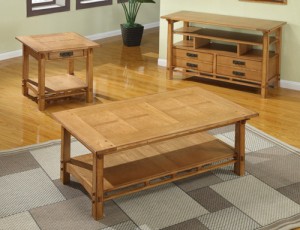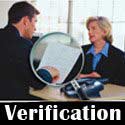 1) Frame material: MDF / particleboard / plywood / solid wood. Now Japan’s requirements on furniture FORMALIN content are very strict, therefore, the materials shall all go through the E1 standard before export. And usually the standard falls into three categories, namely, E0/E1/E2.
1) Frame material: MDF / particleboard / plywood / solid wood. Now Japan’s requirements on furniture FORMALIN content are very strict, therefore, the materials shall all go through the E1 standard before export. And usually the standard falls into three categories, namely, E0/E1/E2.
2) Leather: leather / PU leather / PVC
Leather: with fuzz on the back and visible pores on the front.
PU leather: with fiber strand on the back and no visible pores on the front, and soft to the touch.
PVC: with grid -like cross- thread on the back and hard to the touch.
3) Adhesive: the adhesive should conform to E1 standard.
4) Structure: the structure of the furniture varies with the function of furnature.
5) painting (paint) : the types of paint falls into various categories , such as : LAUQE , AC , PU , UV , PE. Among which, LAQUE and AC belongs to the NC class, also known as nitrocellulose, and the hardness of which is not strong, and a fingernail would leave a mark. While the PU is called polyester paint, which is soft and full to the touch. Being thick and hard, the paint would not leave a nail mark. And UV and BE are more expensive paint. All these paint could be tested for their dissolubility and acid resistance.
6) Packaging: Double-layer corrugated Carton, and 15MM Styrofoam protection products shall be put in the four corners and sides.
7) General Standard for Furniture Material
Dead knots, oil heart, bark is not allowed in any part of the furniture.
Black knots can be seen on both sides of the material, and knots could be dug out by hand are called the dead knots.
Dead knot are not allowed in stress spots (such as table legs, chair legs, stair treads, the foot of the bed) living knot in the legs and stair treads is also unacceptable.
No knot is allowed in joints (for instance, spots for fixing tusk tenon, drilling, and for the installation of embedded nuts and other parts).
* The color difference should not be obvious. The products should be arranged in an array to make color comparison, with the color on the color disc as a standard.
*Wood moisture content should be in less than 16%
Steps and methods for furniture QC inspection :
a. The carton shall be shook to test whether inside parts should become loose. Any sound of loose part may suggest the products would be unacceptable.
b. To match shipping marks, size of the carton, packing method, thickness and placement of the Styrofoam according to the data. To check whether clean EPE were put between separated parts. And Generally, hardware accessories need to be pulled out of the carton with a red rope.
c. To check whether the Carton ID “assembly instructions inside ” and “parts inside” are consistent with the actual packing condition, whether the quality label and assembly instruction are included as required, whether the hardware accessories are in consistent with the assembly instructions, and no rust is allowed. To check whether the caster can perform normally, whether the chock works, and whether the screws and wrenches are consistent with each other. please note that some part are MDF or plywood, and no strong pungent odor is allowed.
d. Installation should in accordance with the assembly instructions to check the whether connection of the holes are consistent, the assembly is smooth, and the instructions are correct .
e. Visual inspection: No additional wood block and fill soil to the panel. To check whether the surface was scratched and no dead section is allowed. Besides, to check whether the fill soil is obvious to the eye and white soil to black knot is not allowed. The color of the paint shall be checked to match the color panel. The smoothness, thickness and color difference should also be checked.
f. the moisture content : To be under 16%.






[…] into three categories, namely, E0/E1/E2. 2) Leather: leather … … See original here: Common Knowledge and Standard – The China Import Magazine ← Import- Export With China | […]
Dear
would you explain the AQL standard for furniture inspection?
thank you